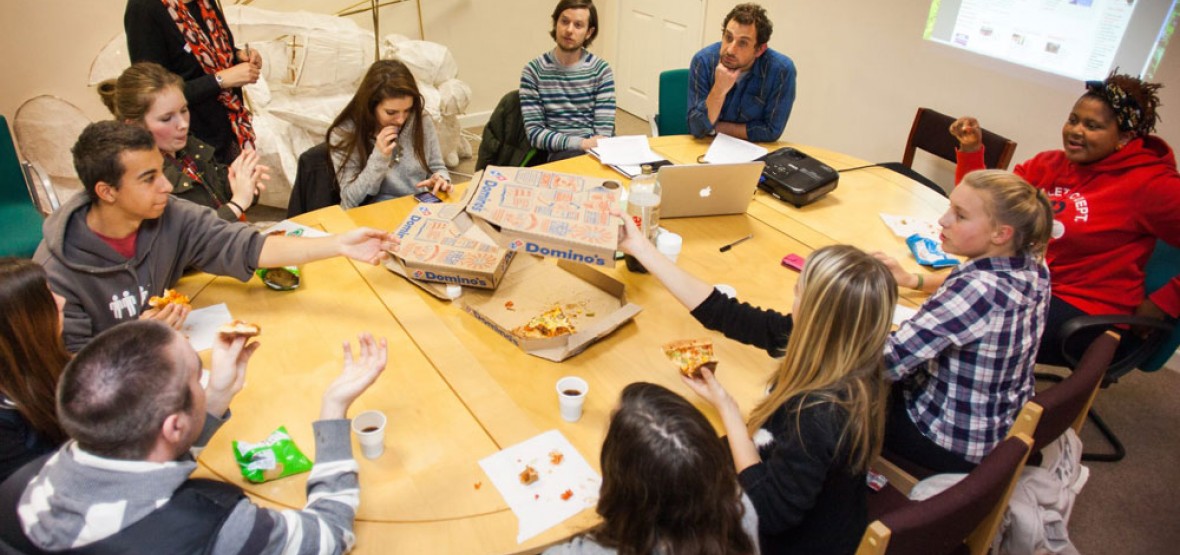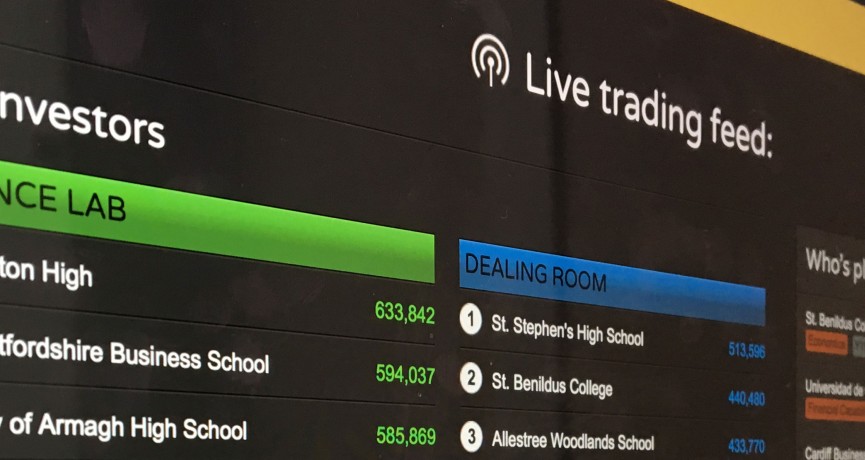Running website workshops with young people
Recently we have been working between Bath, Bristol and Hereford running website workshops with two sixth form colleges and a group of young carers for three new web projects. We involve users right from the start of every project as we need to gain an understanding of what they want from their website, what their expectations are and what are the things that we haven't even thought about!
These recent sessions have (pretty much) all been with young people, with ages ranging from 8 to 18. We thought it would be useful to share some of our experiences and outline how we approach these sessions.
We take two distinct approaches when running these sessions.
Consultation
We hold consultation sessions with small groups where we steer the conversation through various aspects of what the website should be, how it could engage with users and what people would want to get out of the website. This is all about open discussion where we want ideas and opinions to flow.
In our sessions with the sixth form colleges the participants were all in their mid to late teens so we didn't use any visual cues. We didn't want people to get fixated on particular design aspects or how a site looked. We wanted to get them thinking more from their own personal experiences and what would benefit them.
With the participants from the group of young carers however, we felt the age group could do with some visuals to help stir up ideas and discussion. And this proved to work really well and we got some lively discussion out of the session looking at how different websites dealt with sensitive issues for young people and how they anonymised personal stories.
Pizza works best!
What is key in all of these sessions is making everyone feel relaxed. What doesn't work is large formal boardrooms where staff and teachers are looking on. Young people always have opinions - it's all about creating the right environment where they feel comfortable and are happy to open up.
And of course snacks always help… We tried chocolates, crisps, popcorn and pizza. And pizza was definitely the favourite!
Testing
The other aspect is sitting down on a one-to-one basis with some of the participants and getting them to perform some simple tasks across the current website and some competitor websites. There are a number of benefits in doing this and it's not just to see what does and doesn't work on these websites.
Having a more focused discussion with the person is a great way to delve a bit deeper and understand where they expect to find certain content. And of course you will also find out where a website breaks or why something works well, but what we find most valuable in these one-to-one sessions is listening to them and observing their browsing habits.
We get people to do these simple tasks on the current website and competitor websites as it helps us build a rounded view of how people respond to different designs, layouts and see what terminology does and doesn't work. More often than not they come across terms they don't understand, or find content grouped in a way that seems alien to them. And it's these small snippets of information that are so valuable that help inform our overall process.
Reporting back
We record all of these sessions on video to avoid us having to take notes at the time. Which frees us up to focus on managing the discussion.
That does of course mean we have to review all of the video footage in order to feedback all key points to the client. I have spent this week reviewing over 6 hours of footage and writing up reports for one of our clients and whilst it's time consuming work, the ability to review these sessions is invaluable and really helps to inform and provides us (and our clients) with an evidence base for decisions we are about to make.
What comes next?
Our next step in each of these projects is approaching content. We will think about content types, user journeys, information architecture and page layouts using paper-based wire framing processes - however that's a story for another blog post!
Published 3rd March 2016


